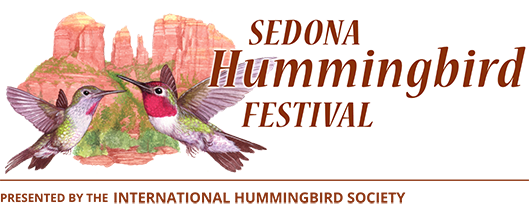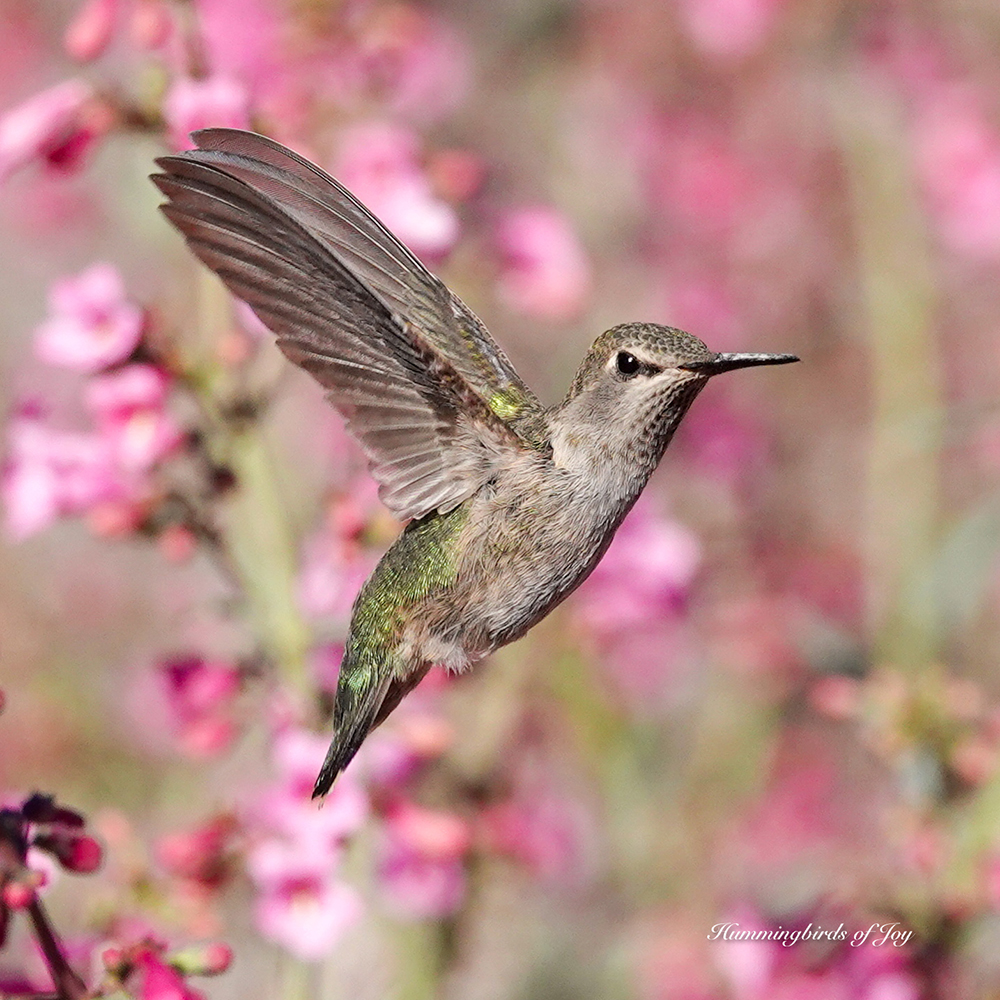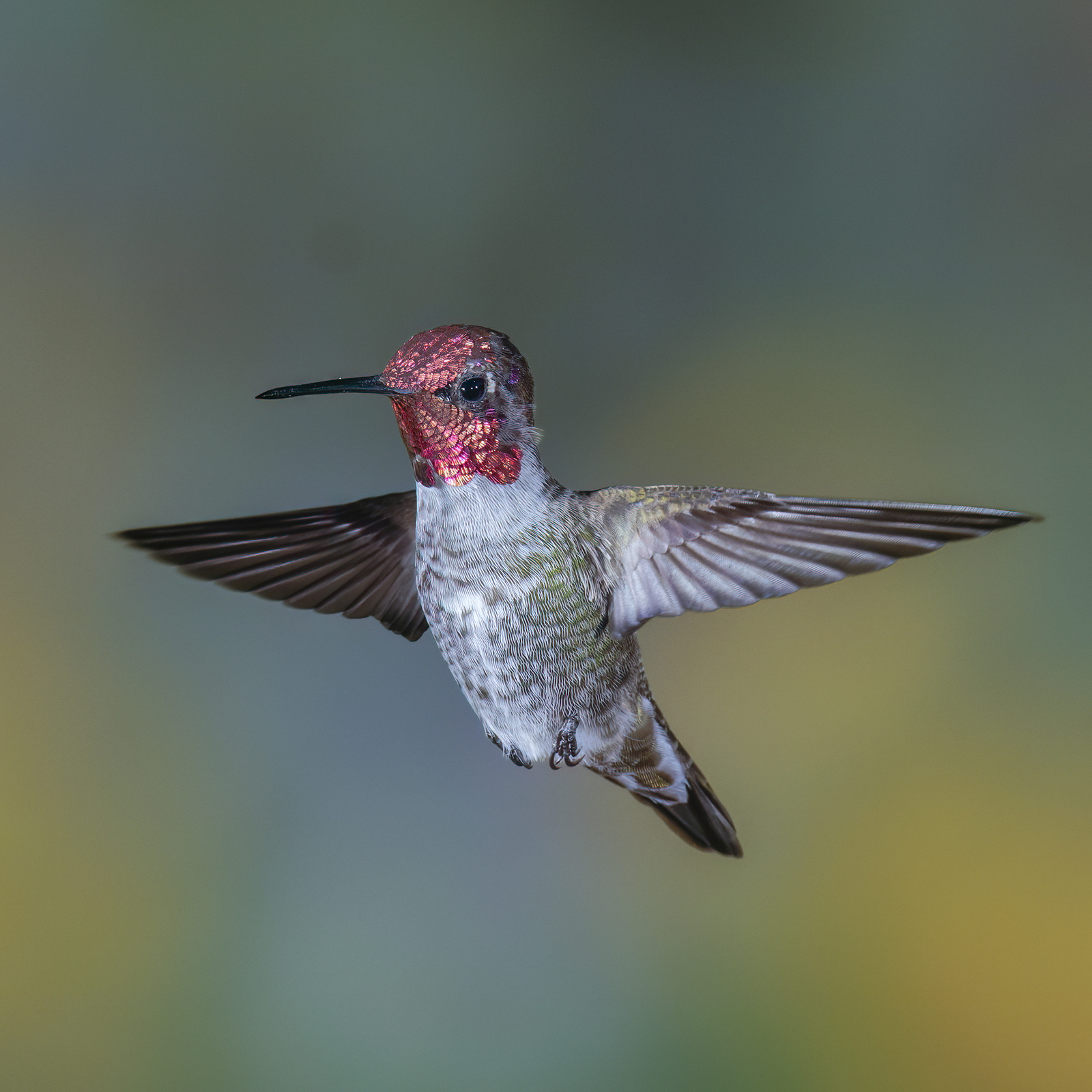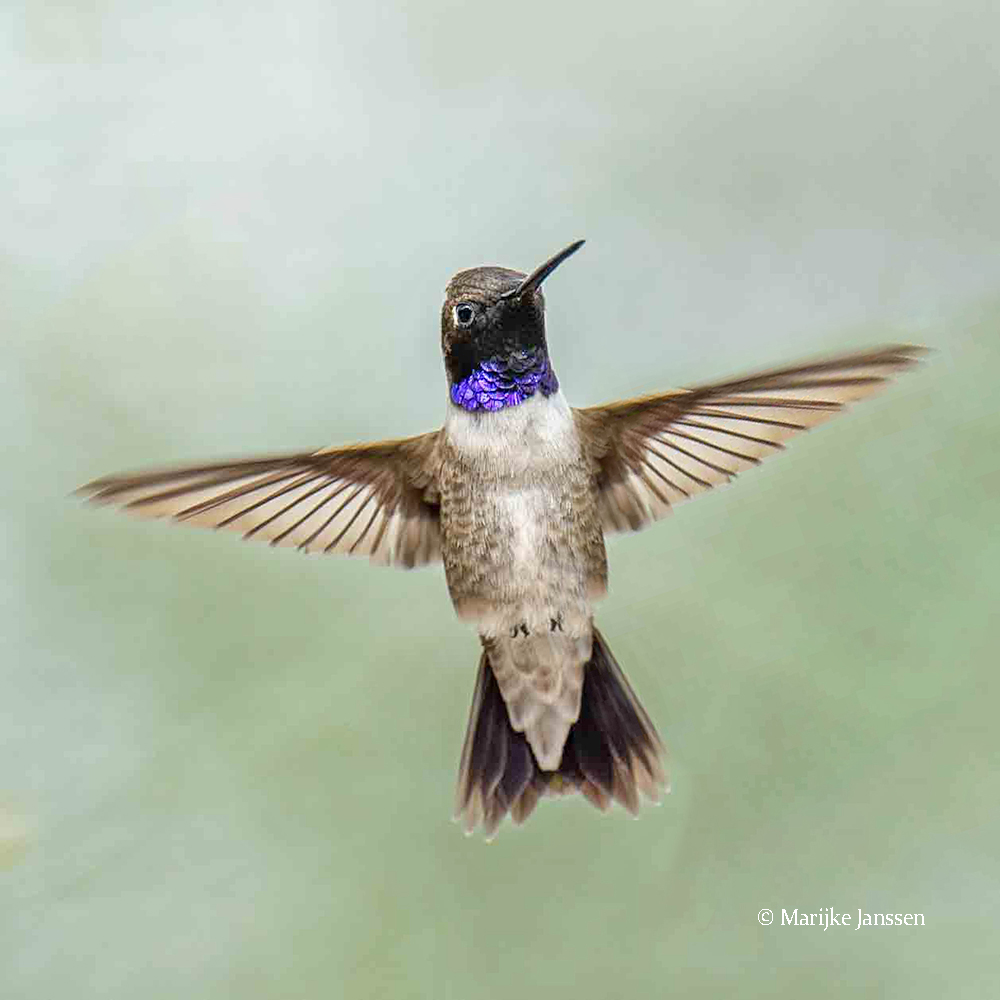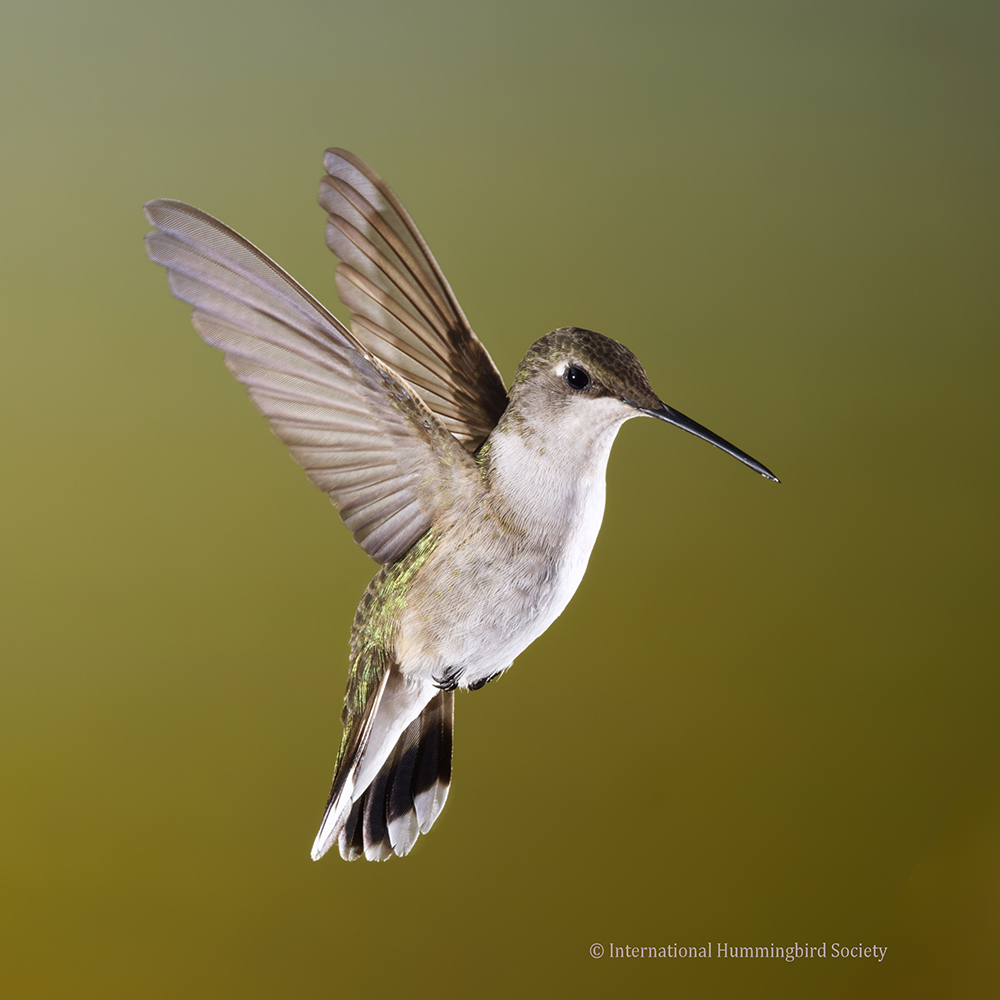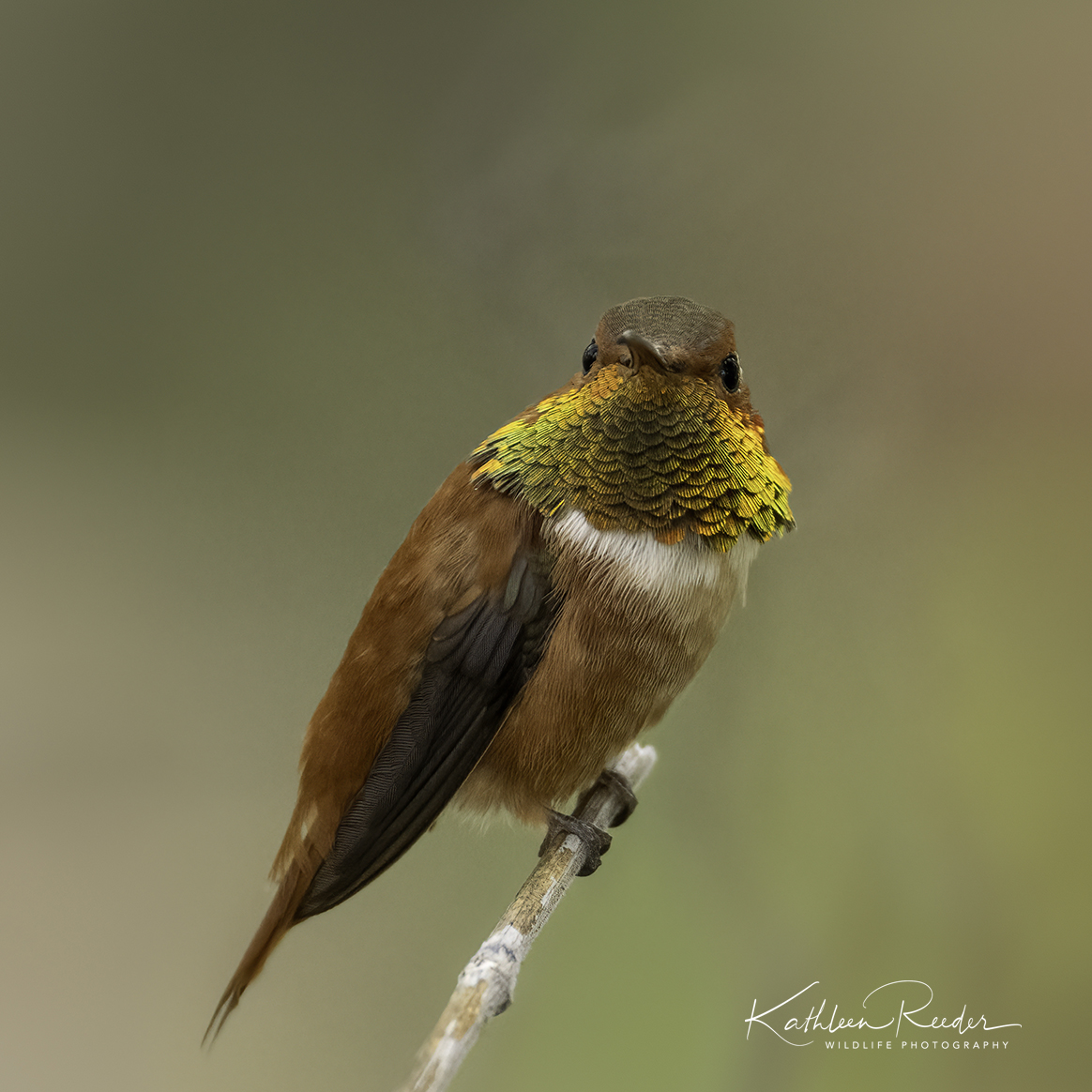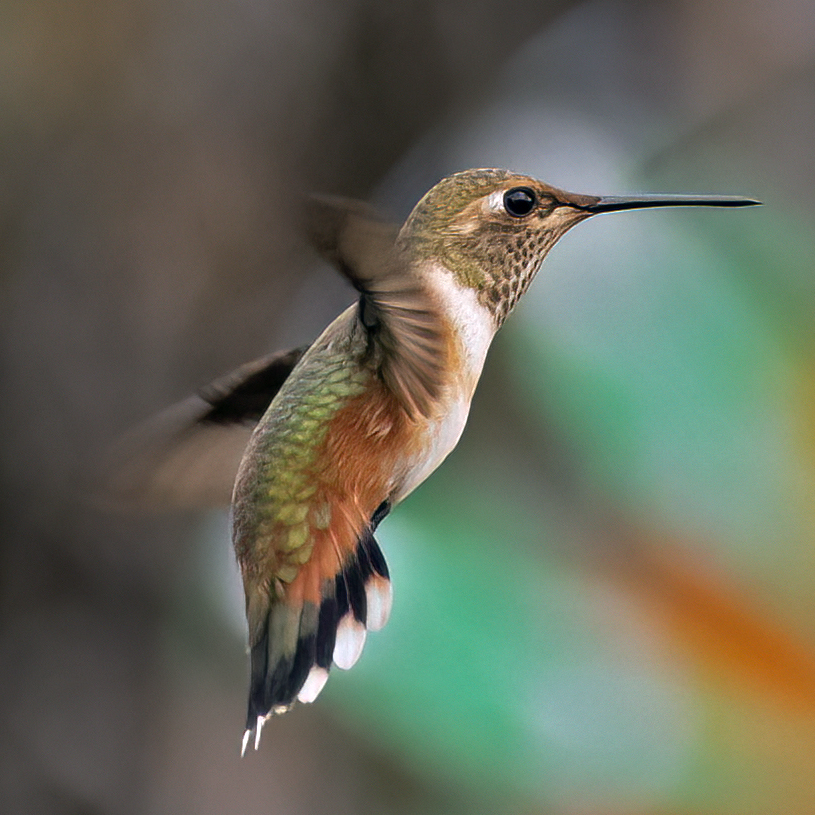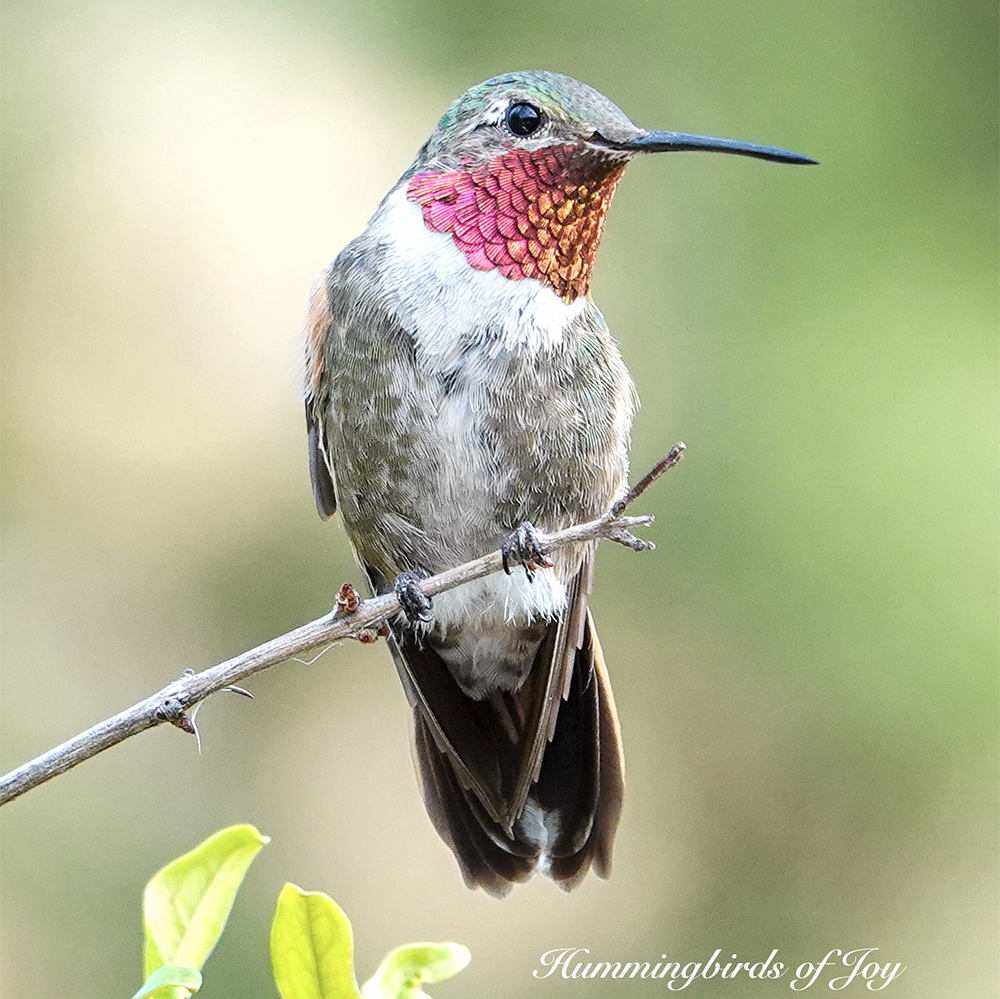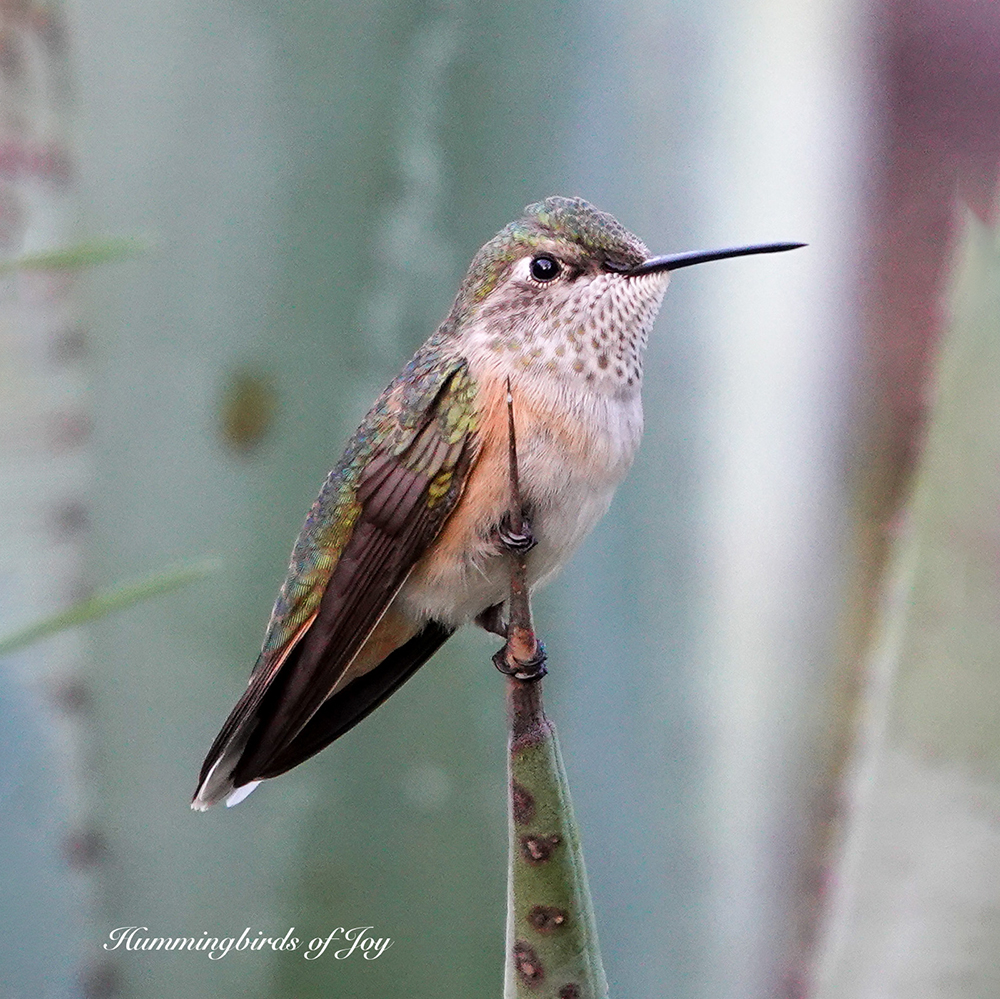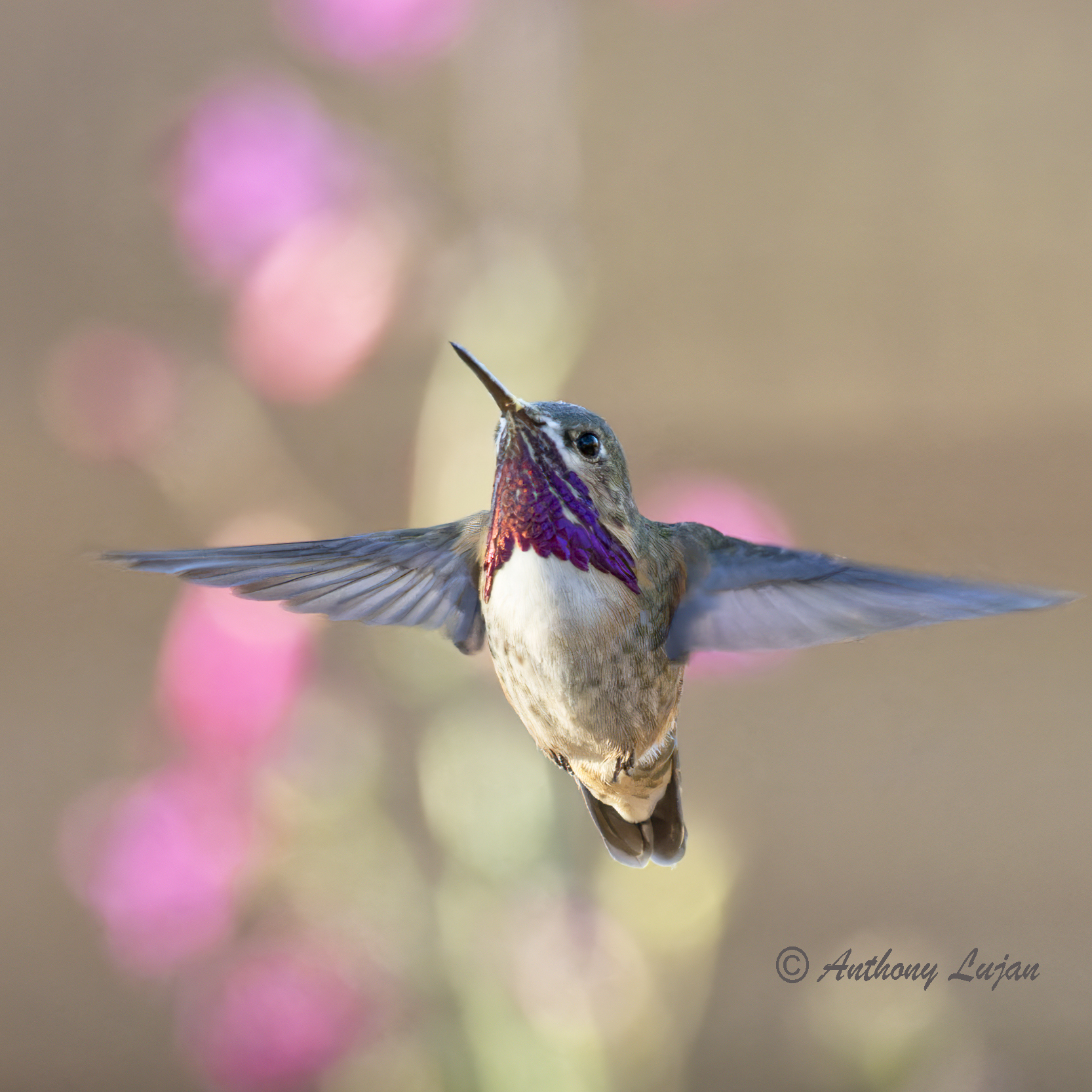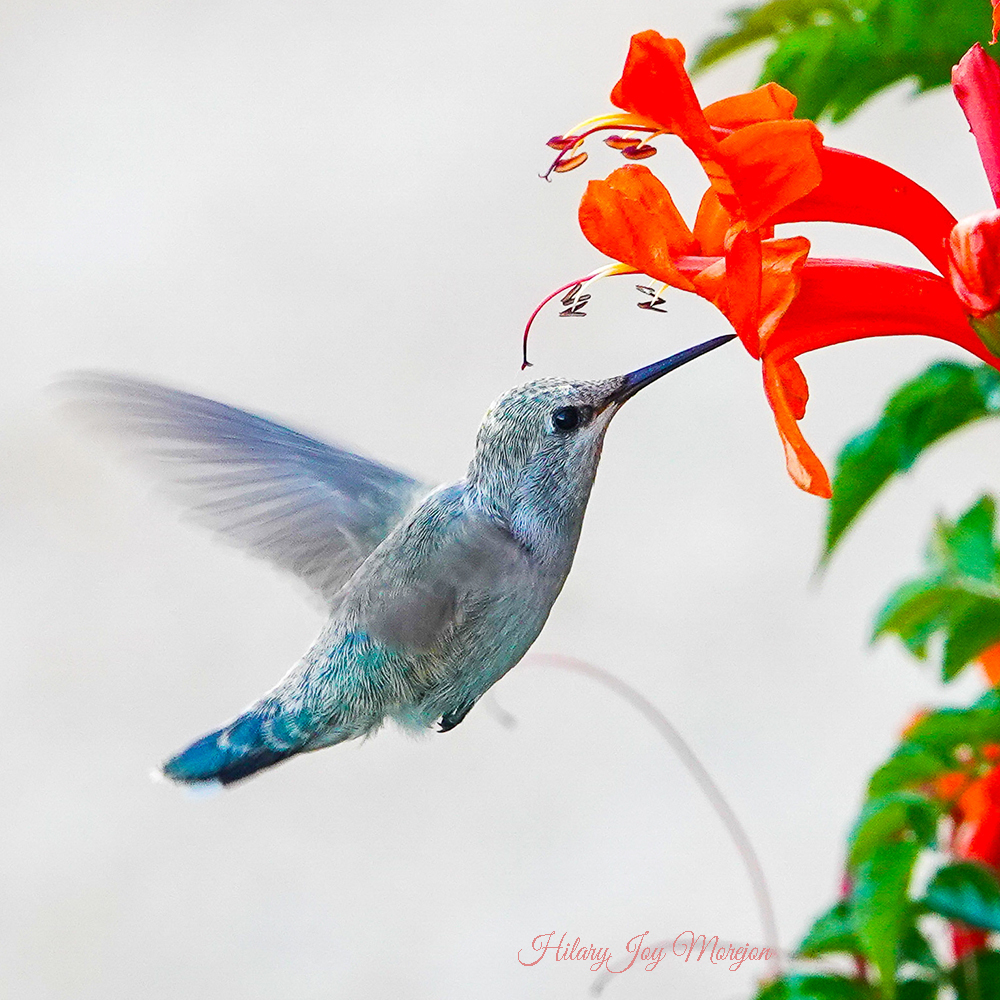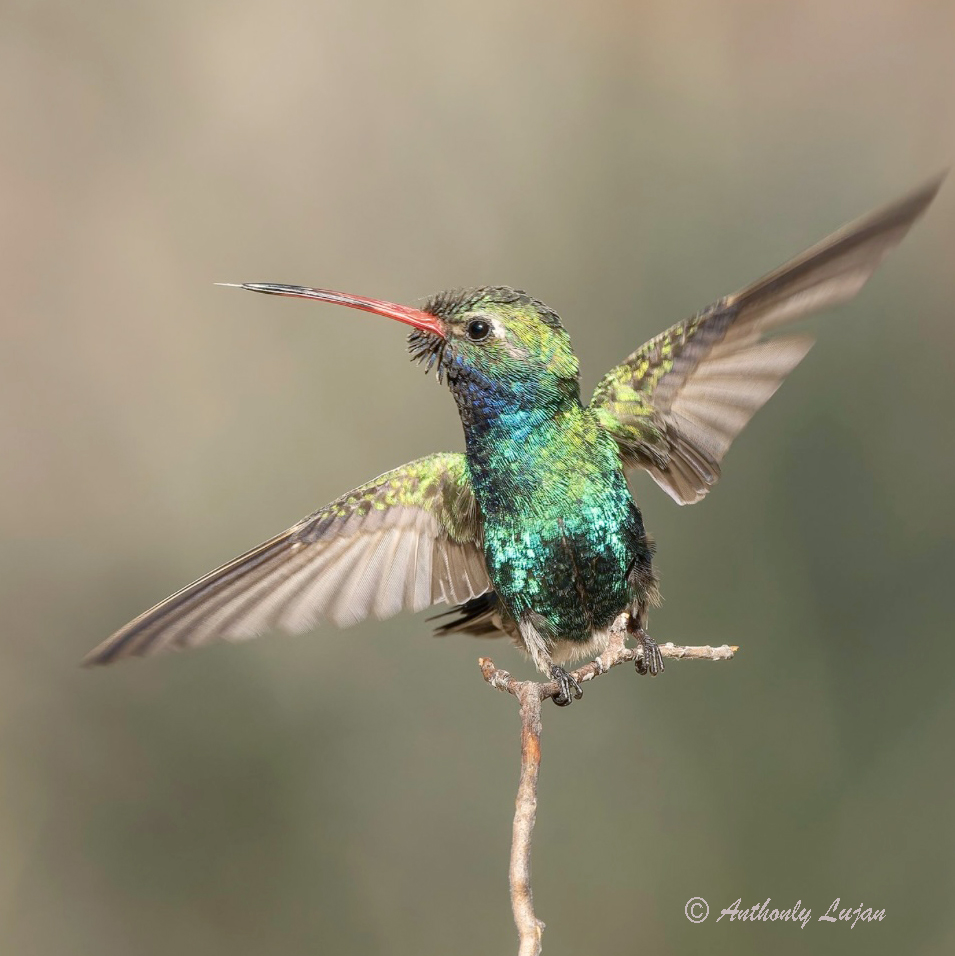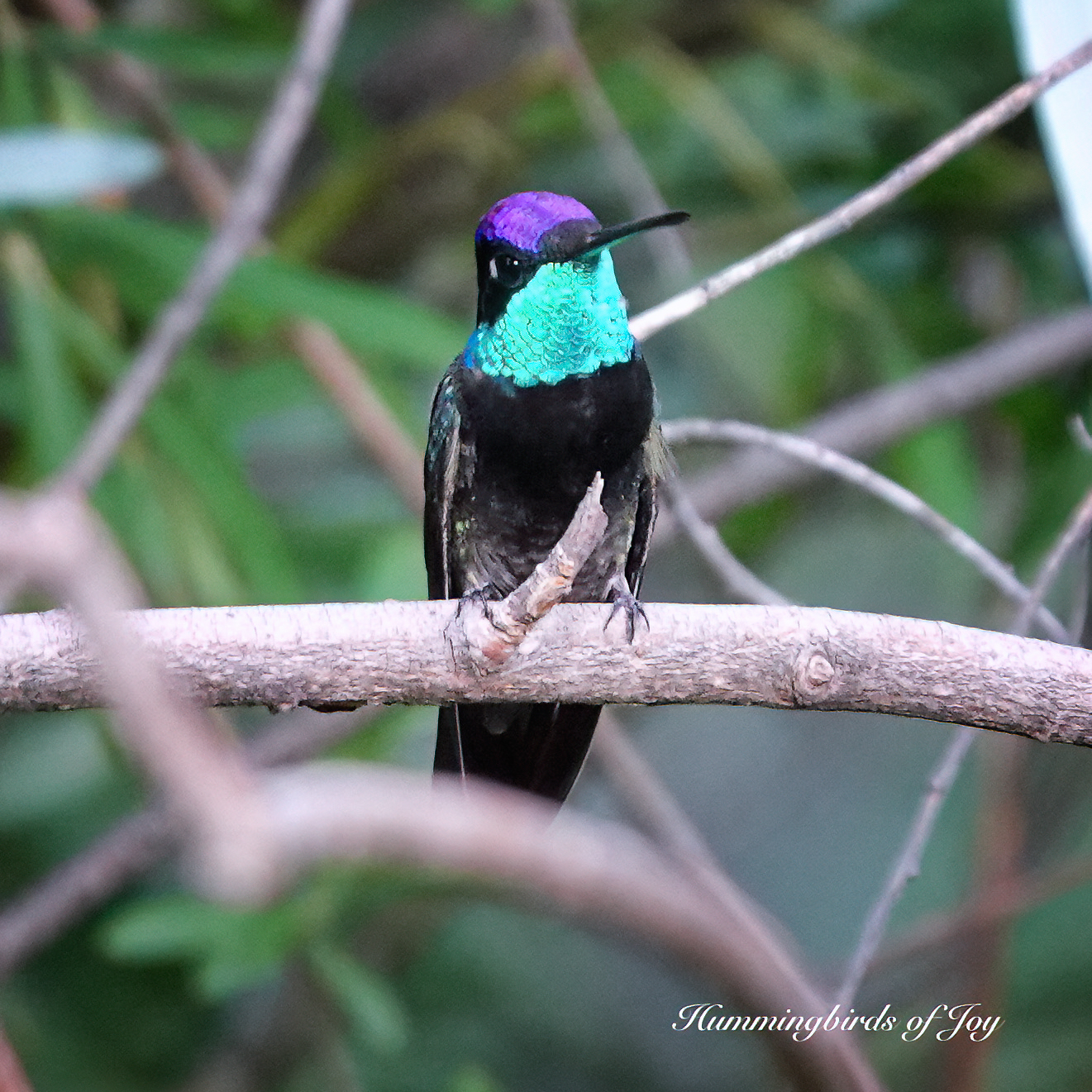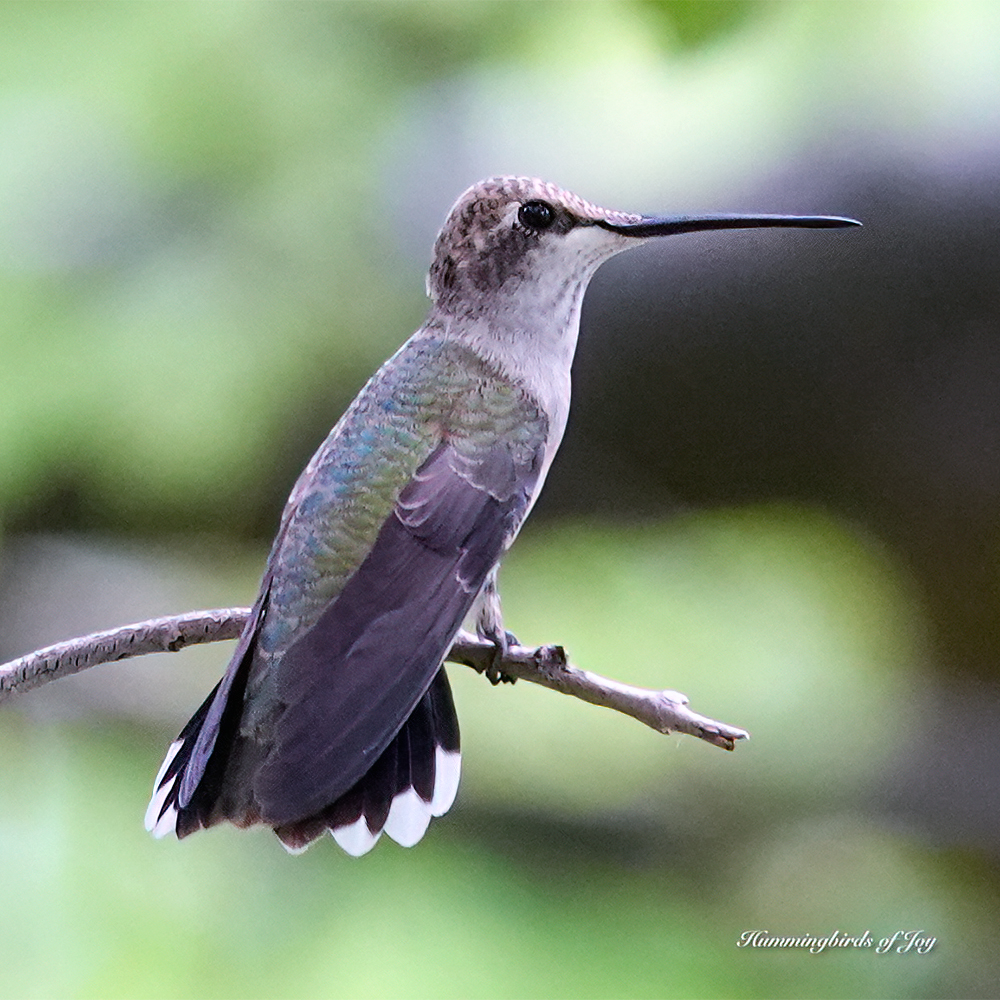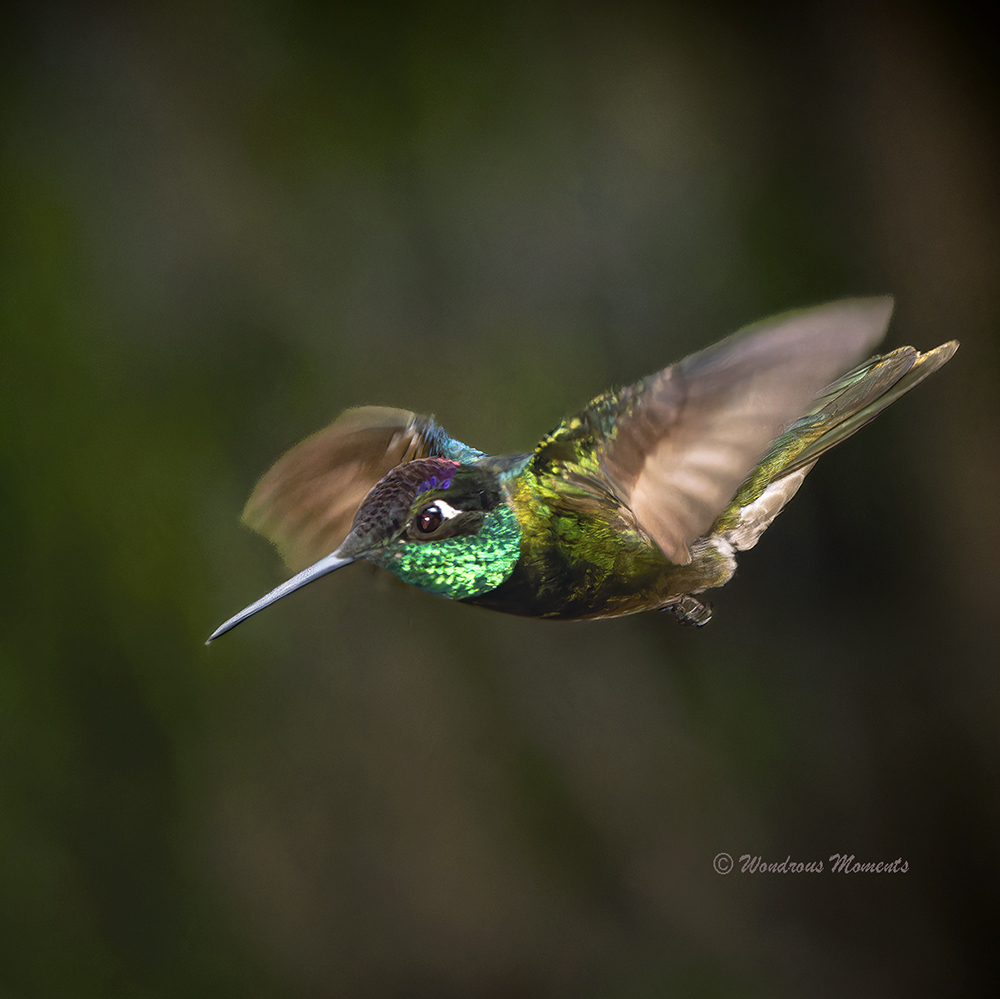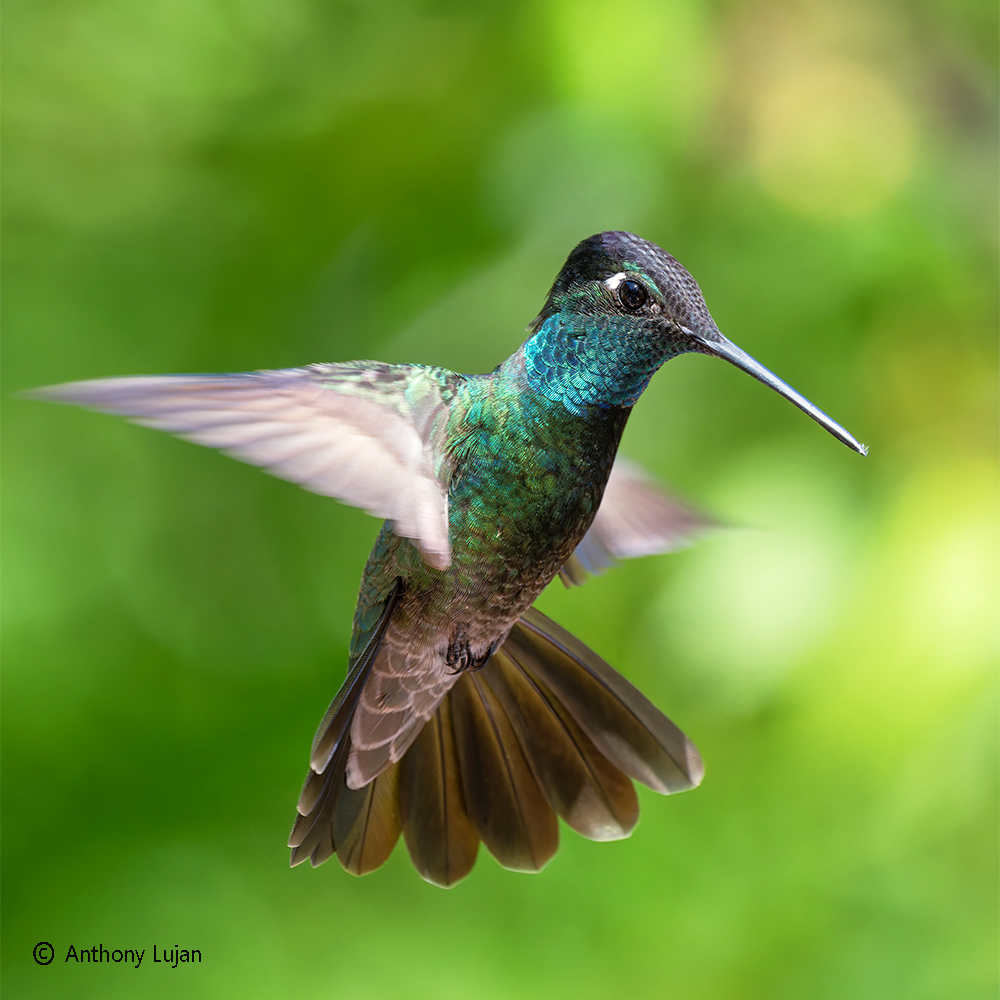Prevalent Hummingbirds in Summer Sedona
Anna’s
Anna’s Hummingbirds reside year-round in Sedona and nest here as early as January – even when it is snowing! They have a bright red crown and gorget and a distinctive chatter. Their range extends from southern Alaska to northern Mexico.
Black–chinned
The Black-chinned Hummingbird bobs its tail as it hovers at feeders or flowers. Males are smaller than females and have a purple strip below their black chin. They are the most widespread hummer in the western U.S., and they are the most closely related hummingbird to the Ruby-throated Hummingbird of the eastern U.S.
Rufous
The feisty Rufous Hummingbird breeds as far north as Alaska, then migrates 4000 miles to southern Mexico, traveling farther than any other hummingbird. While primarily a western bird, Rufous have been seen in small numbers in every state and province in North America. Despite their wide distribution, Rufous are the most endangered of all the U.S. hummingbirds. Their population has declined by more than two-thirds since 1970, and the rate of decline has increased in more recent years. With their rufous body and bright copper-colored gorget, they are a delight to see during their short stay in Sedona as they fuel up during their southern migration.
Uncommon Hummingbirds in Summer Sedona
Broad-tailed
In flight, the Broad-tailed Hummingbird makes a high-pitched humming sound via the vibration of its two outermost wing feathers. It derives its name from its comparatively large tail. Generally found in higher elevations in the U.S., they have the longest lifespan on record: 12 years!
Calliope
Another hummer that is generally found at higher elevations, the Calliope Hummingbird is the smallest bird in North America, weighing about the same as a penny (2.5 grams). When perched, their wings stretch out longer than their short tail. Adult males have a streaked magenta gorget. The Calliope typically builds its nest over creeks or over roads next to streams or lakes.
Rare Hummingbirds in Summer Sedona
Costa’s
The Costa’s Hummingbird has a striking purple crown and gorget that extends into long points on either side of its body. Preferring desert habitat, they are permanent residents in parts of Southern Arizona – but some do enjoy spending a bit of time in Sedona during the hot summer months!
Broad-billed
The only red-billed hummingbird found in Sedona, the Broad-billed Hummingbird’s blue and green feathers seem to shimmer over its entire body. More common in Southeastern Arizona, individuals do appear in the Sedona area, usually near rivers and streams.
Rivoli’s
We chose the Rivoli’s to be our 2024 Festival Bird because this large hummingbird is simply stunning, and we are very fortunate to have a few in nearby Oak Creek Canyon. Males have a black breast, bluish green back, violet crown, and a gorget that seems to shift from teal to bright green. Because these birds prefer mountainous pine-oak forests and shady canyons, their brilliant colors are sometimes difficult to see.
Prevalent Hummingbirds in Summer Sedona
Anna’s
Anna’s Hummingbirds reside year-round in Sedona and nest here as early as January – even when it is snowing! They have a bright red crown and gorget and a distinctive chatter. Their range extends from southern Alaska to northern Mexico.
Black–chinned
The Black-chinned Hummingbird bobs its tail as it hovers at feeders or flowers. Males are smaller than females and have a purple strip below their black chin. They are the most widespread hummer in the western U.S., and they are the most closely related hummingbird to the Ruby-throated Hummingbird of the eastern U.S.
Rufous
The feisty Rufous Hummingbird breeds as far north as Alaska, then migrates 4000 miles to southern Mexico, traveling farther than any other hummingbird. While primarily a western bird, Rufous have been seen in small numbers in every state and province in North America. Despite their wide distribution, Rufous are the most endangered of all the U.S. hummingbirds. Their population has declined by more than two-thirds since 1970, and the rate of decline has increased in more recent years. With their rufous body and bright copper-colored gorget, they are a delight to see during their short stay in Sedona as they fuel up during their southern migration.
Uncommon Hummingbirds in Summer Sedona
Broad-tailed
In flight, the Broad-tailed Hummingbird makes a high-pitched humming sound via the vibration of its two outermost wing feathers. It derives its name from its comparatively large tail. Generally found in higher elevations in the U.S., they have the longest lifespan on record: 12 years!
Calliope
Another hummer that is generally found at higher elevations, the Calliope Hummingbird is the smallest bird in North America, weighing about the same as a penny (2.5 grams). When perched, their wings stretch out longer than their short tail. Adult males have a streaked magenta gorget. The Calliope typically builds its nest over creeks or over roads next to streams or lakes.
Rare Hummingbirds in Summer Sedona
Costa’s
The Costa’s Hummingbird has a striking purple crown and gorget that extends into long points on either side of its body. Preferring desert habitat, they are permanent residents in parts of Southern Arizona – but some do enjoy spending a bit of time in Sedona during the hot summer months!
Broad-billed
The only red-billed hummingbird found in Sedona, the Broad-billed Hummingbird’s blue and green feathers seem to shimmer over its entire body. More common in Southeastern Arizona, individuals do appear in the Sedona area, usually near rivers and streams.
Rivoli’s
We chose the Rivoli’s to be our 2024 Festival Bird because this large hummingbird is simply stunning, and we are very fortunate to have a few in nearby Oak Creek Canyon. Males have a black breast, bluish green back, violet crown, and a gorget that seems to shift from teal to bright green. Because these birds prefer mountainous pine-oak forests and shady canyons, their brilliant colors are sometimes difficult to see.
